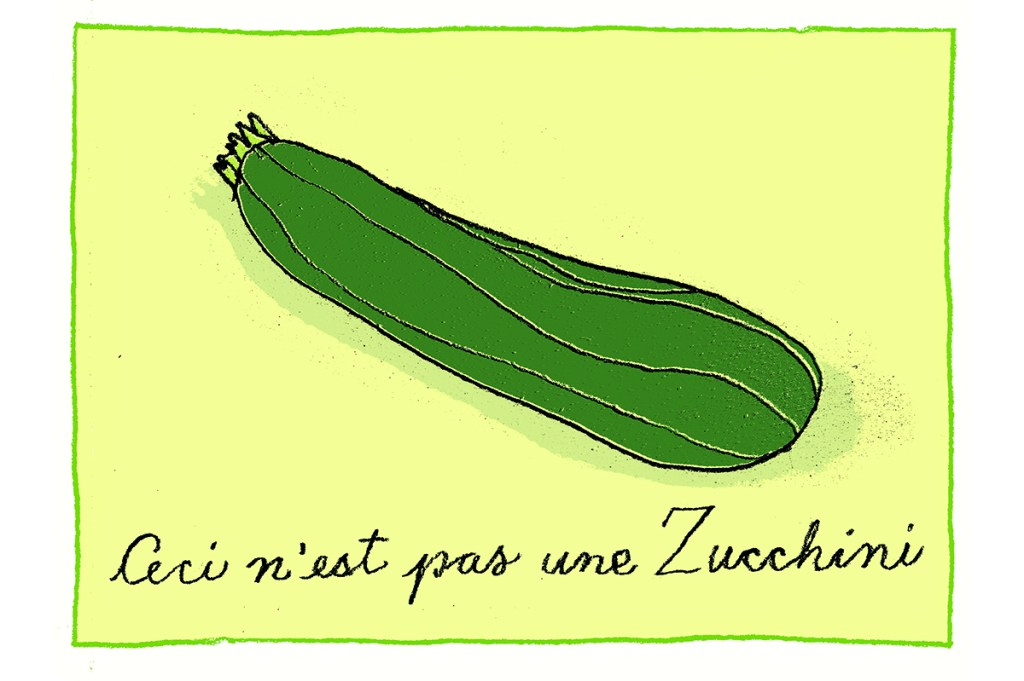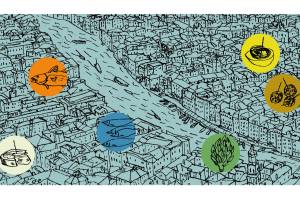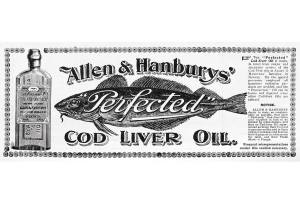There are some very bad people out there. Call me naive, but while I always vaguely knew this to be true, a chance discovery the other day really brought it home. I was scrolling idly through internet recipes and then, suddenly, stark and horrible, there it was — zucchini “apple” crumble, advertised as a method of successfully “tricking your family” into eating vegetables while conveniently using up overgrown zucchinis from the kitchen garden. “If they don’t see you making it, they’ll never know it’s not apple!” urged the author, evidently an agent of the dark side.
My eyes widened with horror. My soul curled like a leaf in protest. But then the calming voice of reason intervened. Perhaps some dangerously unbalanced person had written a recipe, but surely this lunatic was alone in her deceitful madness. Surely this could not be a thing.
But, after a little more research, I’m sorry to report that it is, indeed, a thing. Internet moms — funny how it’s always the mothers, never fathers, who sneak joyless health-promoting ingredients into desserts intended by a beneficent Providence to be pure celebration — proudly boast on blog after blog of having fooled their children into thinking they are eating delicious apple crisp when the whole time (cue evil laughter) they are eating their sworn enemy, zucchini, doused in sugar and lemon.
Those mothers are fortunate they didn’t know me as a child. My sensitive antennae enabled me to detect undeclared ingredients (such as concealed spinach or onion) at fifty paces from my tenderest years. It is saddening to learn that many contemporary children lack this crucial life skill. I liked zucchini in my youth, but the revolutionary ousting of the apple as king of the crumble was not something I would have supported, especially not under a false flag.
What makes it all especially tragic is that apples are actually quite good for you, and overgrown zucchini can be made into soup, or baked with enormous quantities of cheese, both quite palatable. There is simply no need to add the insult of perverting a great culinary tradition to the injury of deceiving one’s family. Nothing is sacred anymore — not even traditional apple crumble. O tempora, o mores, as Cicero used to complain in ancient Rome. Or as we say in English, everything is going to the dogs.
Apple crumble and its fellow dessert apple crisp are not, perhaps, part of a culinary tradition that goes back very far. But they hold an important place in modern cuisine nonetheless. The story goes that apple crumble was invented because of wartime rationing, when sugar, butter and eggs were in short supply. A simple crumble topping over sliced apples made much smaller inroads on the family’s precious foodstuffs than a rich, many-egged cake. As one of the better things to come out of the war, the crumble survived and remains a beloved dessert to this day (though occasionally abused, as in the case of the zucchini.)
Consider, however, that development is acceptable. While all right-minded persons will agree that sneaking a zucchini in sheep’s clothing into the crumble is unacceptable, there are many inspired variations on the dish that deserve applause. Apple crumble cheesecake, for instance, is a worthy heir to those two. Rhubarb or plum crumbles are classic spinoffs, while plum, vanilla and white chocolate crumble ventures into the realm of the gourmet. Peach Negroni crumble, where the peaches are poached in the ingredients of the famous cocktail — gin, Campari and sweet vermouth — as the crumble bakes on top, is to the traditional dish what the Gothic is to the Romanesque. And who could say no to caramelized pear, rum and coconut crumble?
There is a lesson to be learned here about legitimate cultural development of a tradition versus subversive and underhanded attacks on it. Zucchini pretending to be apple, introduced not for its own flavors but for puritanical purposes of health or economy, doesn’t provide a better version of the original crumble. On the contrary, it subverts the entire purpose of dessert. Instead of a joyous send-off to the meal, the crumble topping is now reduced to a mask for the despised vegetable course. In wartime Britain, the zucchini would have been served honestly, up on the table as it were, while unadulterated and delicious apple crumble would have been held forth as a reward at the end of the meal — once diners had worked their way through their helpings of zuke.
It would be typical of our open-minded contemporaries to believe that in the subversion lies the goodness. Zucchini “apple crumble” is revolutionary, therefore it must be good. It upends expectations. It flies in the face of tradition. It is innovative. For the one who sneakily slips in the zucchini, it’s even delightfully ironic. Look at all these silly people eating zucchini thinking it’s apple!
But zoom out just a little bit and see how self-defeating the whole thing is. So, you ruined apple crumble. Congratulations. That’s so clever and progressive. The same applies to so many things valued chiefly for their revolutionary nature, for clashing with tradition and shaking up the status quo. You set out to make art and instead of making something beautiful, you make something subversively ugly that shocks, grabs attention. You design a subversive building that looks like it’s forever on the point of collapsing (sadly, it never does). You set a subversive fashion trend that makes everyone look depressed and homeless. You make subversive media that romanticizes lifestyles and choices that — in real life — make most people extremely unhappy.
The usual response to this critique involves words like “hidebound” and “conventional” and maybe even, for the more dialectically materialistic amongst us, “reactionary.” But there’s nothing hidebound about gingerbread and gin apple-blackberry crumble. We can always develop and build on what’s good. But taking pride in “revolution” for its own sake is a terribly destructive attitude. It’s no good in the kitchen and it’s no good in society. Get the zucchini out of the apple crumble and put it in the oven with a lot of parmesan cheese instead.
Or better yet, nip those overgrown courgettes in the bud and deep-fry the blossoms. Now there’s something that’ll make the world a better place.
This article was originally published in The Spectator’s October 2022 World edition.


















